Services
Honeymoon in Goa
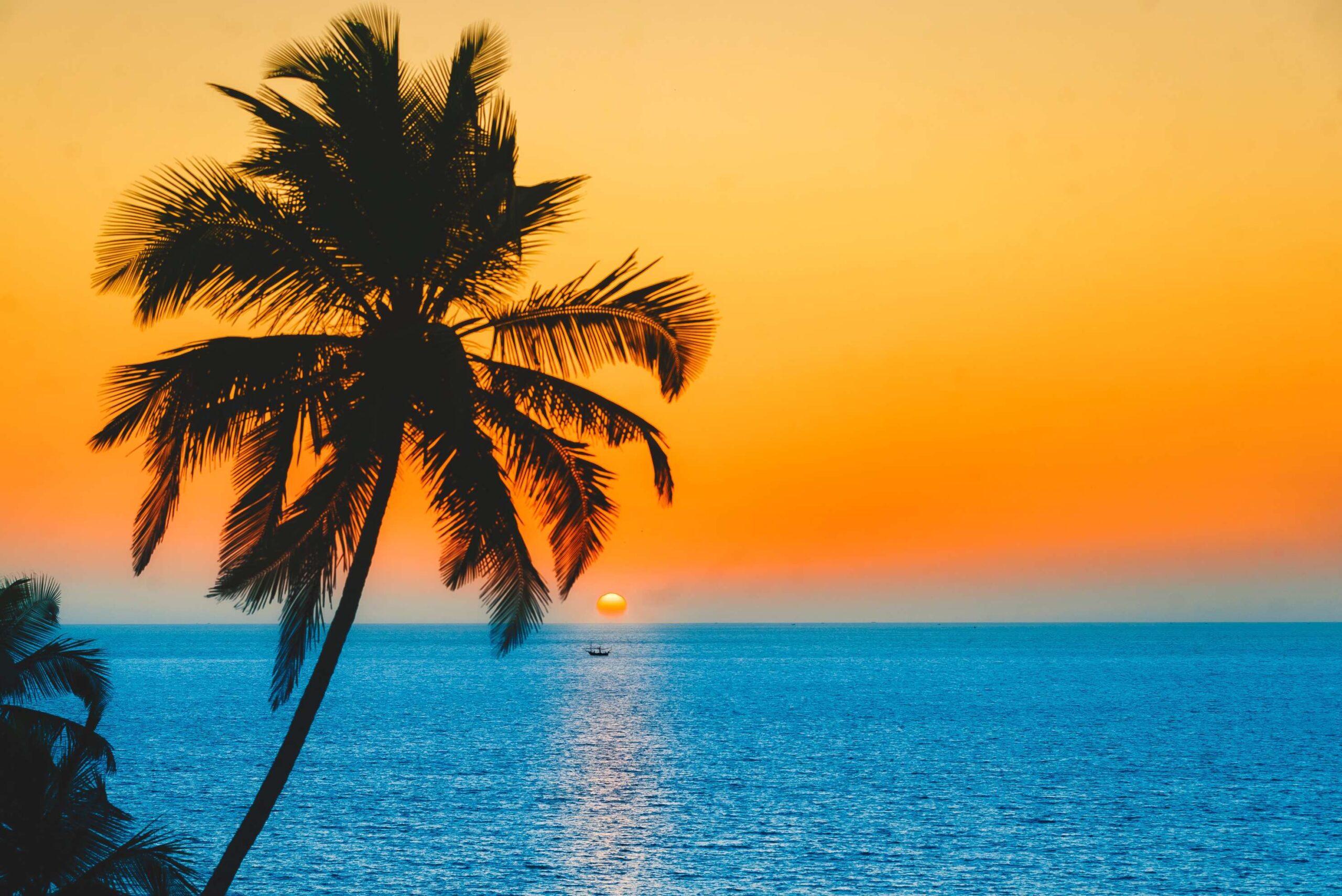
Honeymoon
Even though there are many wonderful honeymoon destinations in the world, Goa is something special. This place really puts a spell on you – ensnaring you so you always want to return. High, green and gorgeous, Goa is honeymooner’s dream, a land with beaches that stretch into tomorrow. The accommodations run a tempting gamut from a sprawling seaside resort to a hyperactive all-inclusive, stylish full-service hotel.
This former Portuguese colony lies mid-way down the west coast of India. Visitors are drawn to Goa’s lush hills and cool blue waters, cathedrals and coconut groves, spice plantations and paddy fields, sun, sand and sea, for its joie de vivre and its warm and friendly people.
Hand in hans, you will fall for Goa’s zesty food, music, remote beaches and hidden coves, lazy rivers for canoeing, birdsong and starry nights. Goa’s vivid, engaging people will teach you to relax, take one thing at a time.
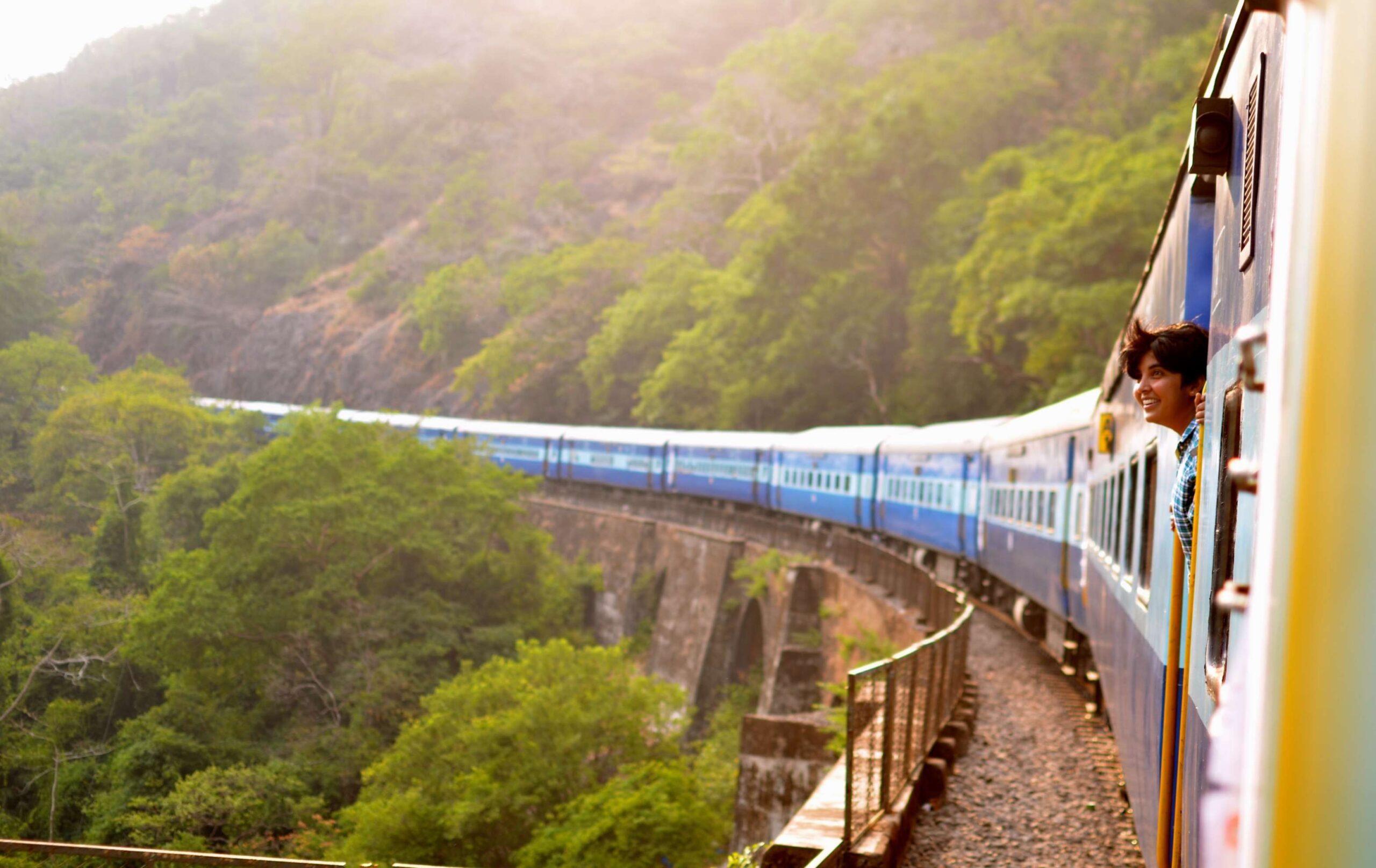
Goa – How to reach there
By Air
Goa has an international airport at Dabolim, 30 km from the capital, Panaji. Several overseas charter companies as well as most domestic airlines have flights to Dabolim. The regular domestic connections are from Mumbai, Delhi, Bangalore, Kochi and Chennai. From the airport to your hotel or to any of the towns, catch a cab, a metered taxi, city buses or airline coach to their city offices.
Hand in hans, you will fall for Goa’s zesty food, music, remote beaches and hidden coves, lazy rivers for canoeing, birdsong and starry nights. Goa’s vivid, engaging people will teach you to relax, take one thing at a time.
Goa – How to reach there
By Air
Goa has an international airport at Dabolim, 30 km from the capital, Panaji. Several overseas charter companies as well as most domestic airlines have flights to Dabolim. The regular domestic connections are from Mumbai, Delhi, Bangalore, Kochi and Chennai. From the airport to your hotel or to any of the towns, catch a cab, a metered taxi, city buses or airline coach to their city offices.
By Train
The two main railway stations are Margao (Madgaon) and Vasco da Gama. Rail travel to Goa from most parts of India is now vastly improved with the commissioning of the Konkan Railway, the linking of Mumbai and Mangalore along the coast, as well as conversion of the track from metre to broad gauge. The major connections are to Mumbai, Delhi, Bangalore, Rajkot and Thiruvananthapuram. From other places in the north, east and southeast you can travel to Londa Junction and then transfer to a connecting train to Margao/Vasco da Gama.

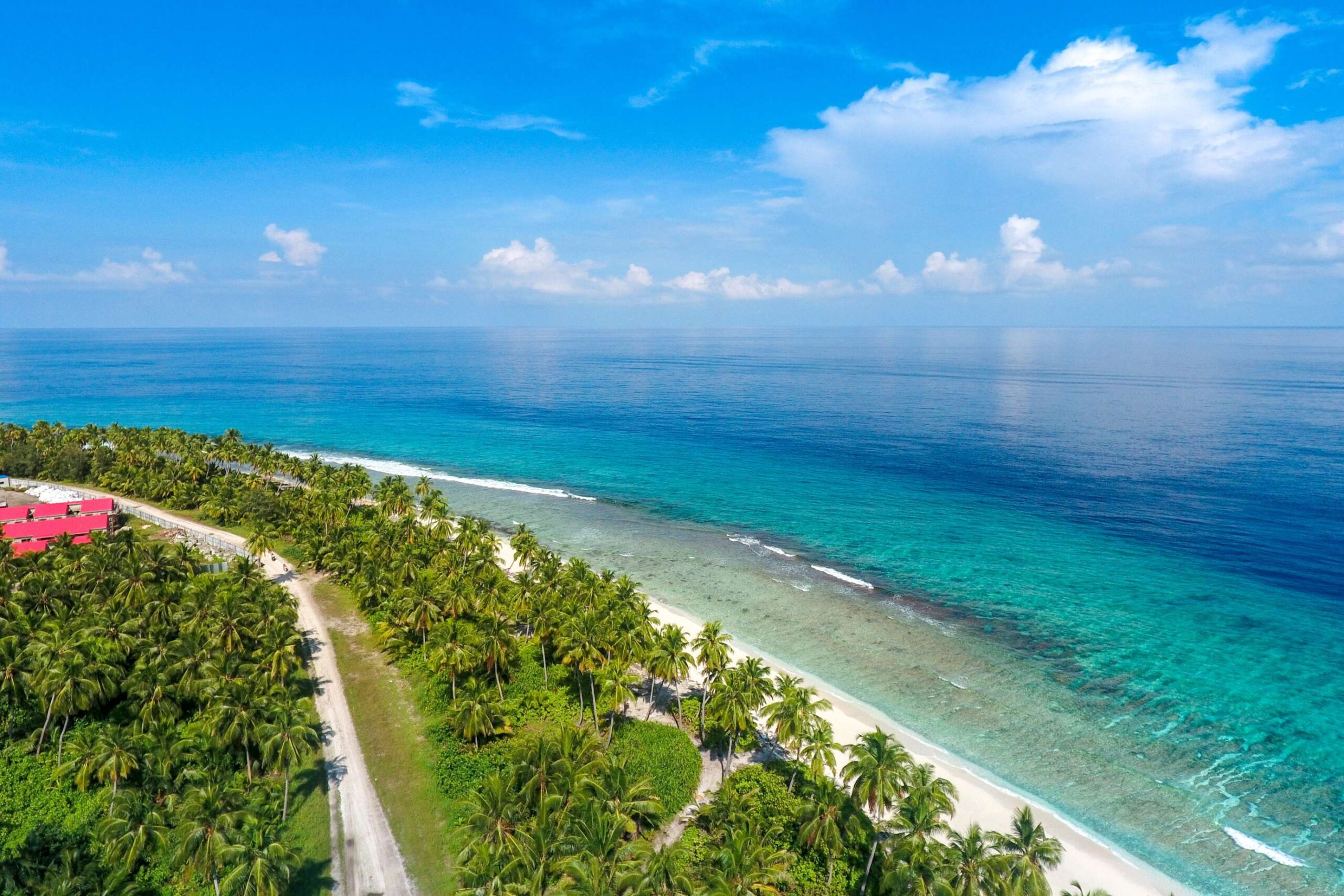
By Road
Most people prefer to travel to Goa by road. Renting a car and being independent is really the best thing, but the buses are pretty good too. Bus connections are available to Mumbai, Bangalore, Mangalore, Mysore, Pune, and other important tourist destinations in the region, operated by the Goa, Karnataka and Maharashtra Road Transport Corporations and some private operators. Air-conditioned bus services are also available on some of the routes.
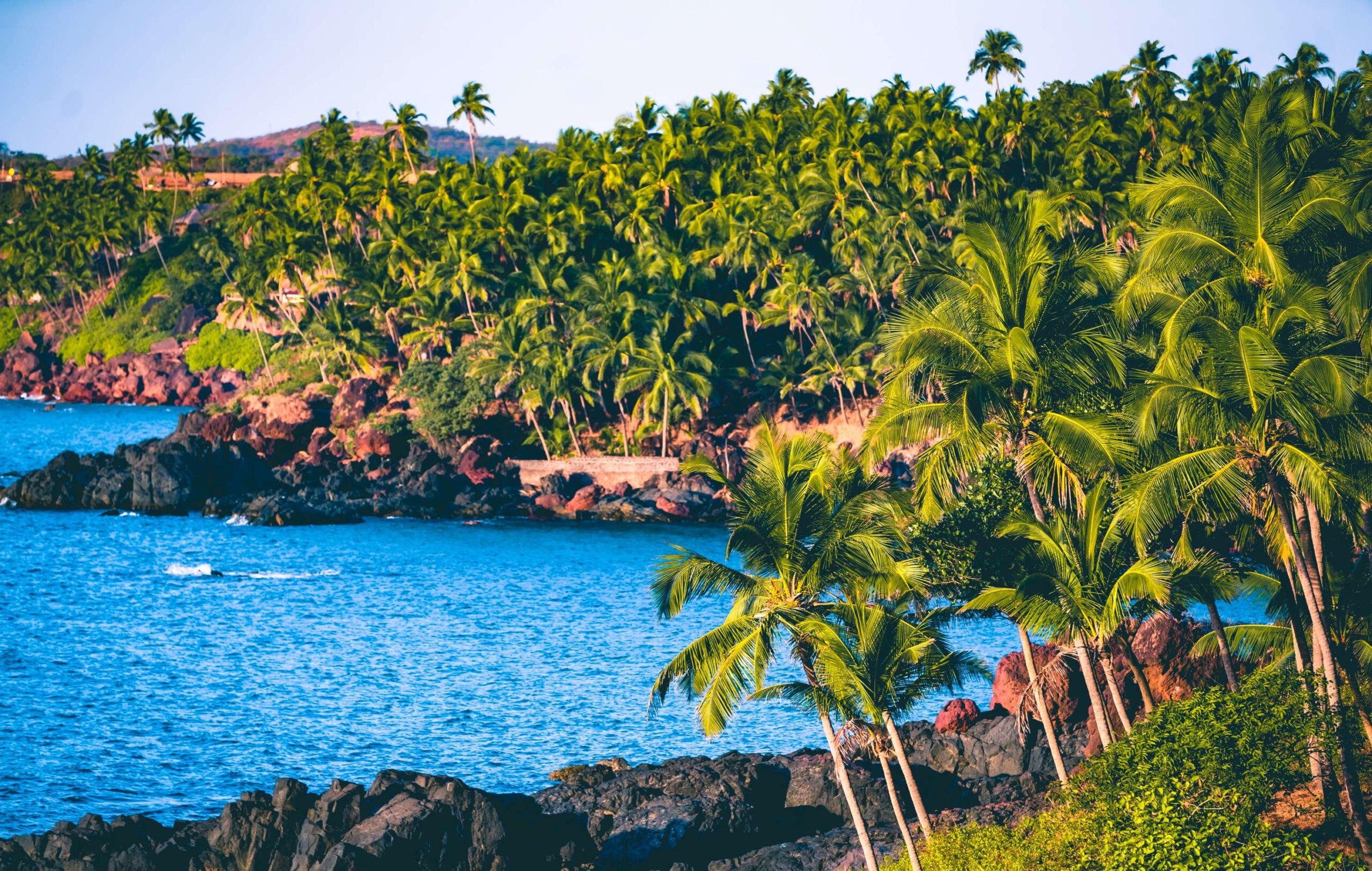
Goa – Habitat
Stretching 105 km along the coast and just 60 km at its widest, Goa lies on the western slopes of the Sahyadri Ranges (Western Ghats) that make up its eastern boundary. Several rivers like the Mandovi, Zuari, Chapora and the Terekhol rise in the Western Ghats (low ranges that taper down from the Deccan Plateau to the sea), and flow into the Arabian Sea. The rivers break the coast into fascinating bays and estuaries with picturesque palm-fringed beaches. The state neatly divides into two, North and South Goa. The state capital Panaji lies in North Goa, as do the towns of Mapusa and Old Goa, the old Portuguese capital. The towns in South Goa are Margao and Vasco da Gama, the main harbour and port city of Goa.
Goa – Habitat
Stretching 105 km along the coast and just 60 km at its widest, Goa lies on the western slopes of the Sahyadri Ranges (Western Ghats) that make up its eastern boundary. Several rivers like the Mandovi, Zuari, Chapora and the Terekhol rise in the Western Ghats (low ranges that taper down from the Deccan Plateau to the sea), and flow into the Arabian Sea. The rivers break the coast into fascinating bays and estuaries with picturesque palm-fringed beaches. The state neatly divides into two, North and South Goa. The state capital Panaji lies in North Goa, as do the towns of Mapusa and Old Goa, the old Portuguese capital. The towns in South Goa are Margao and Vasco da Gama, the main harbour and port city of Goa.

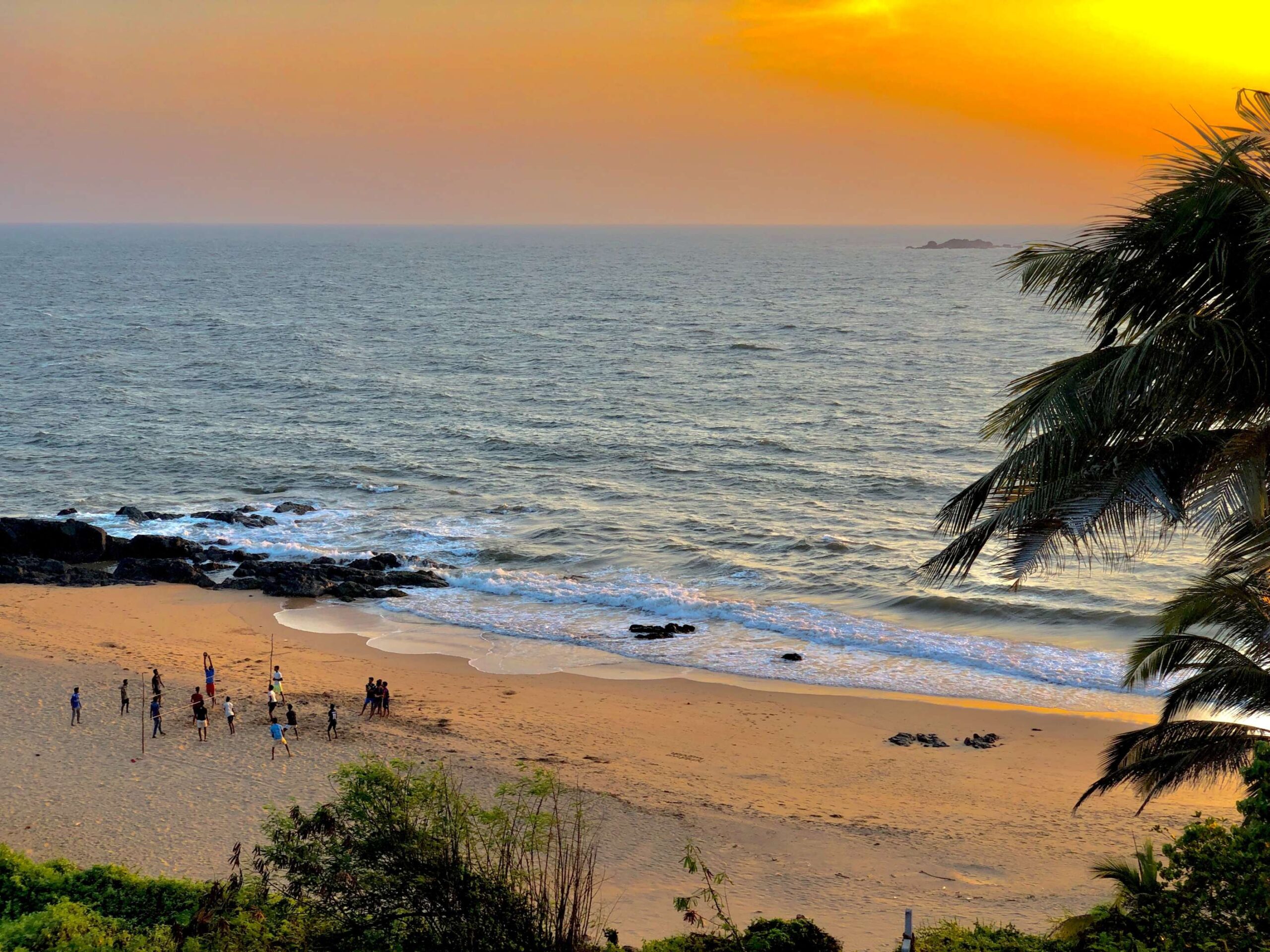
Goa – Climate
Goa is warm and humid throughout the year, with little variation in the temperatures, which stay around 28°-33° C (average maximum temps). You can expect it to rain heavily during the months of June through August, with July receiving as much as 133 cm. (52 inches). The rains taper off by early October and the months between November and February are usually dry.
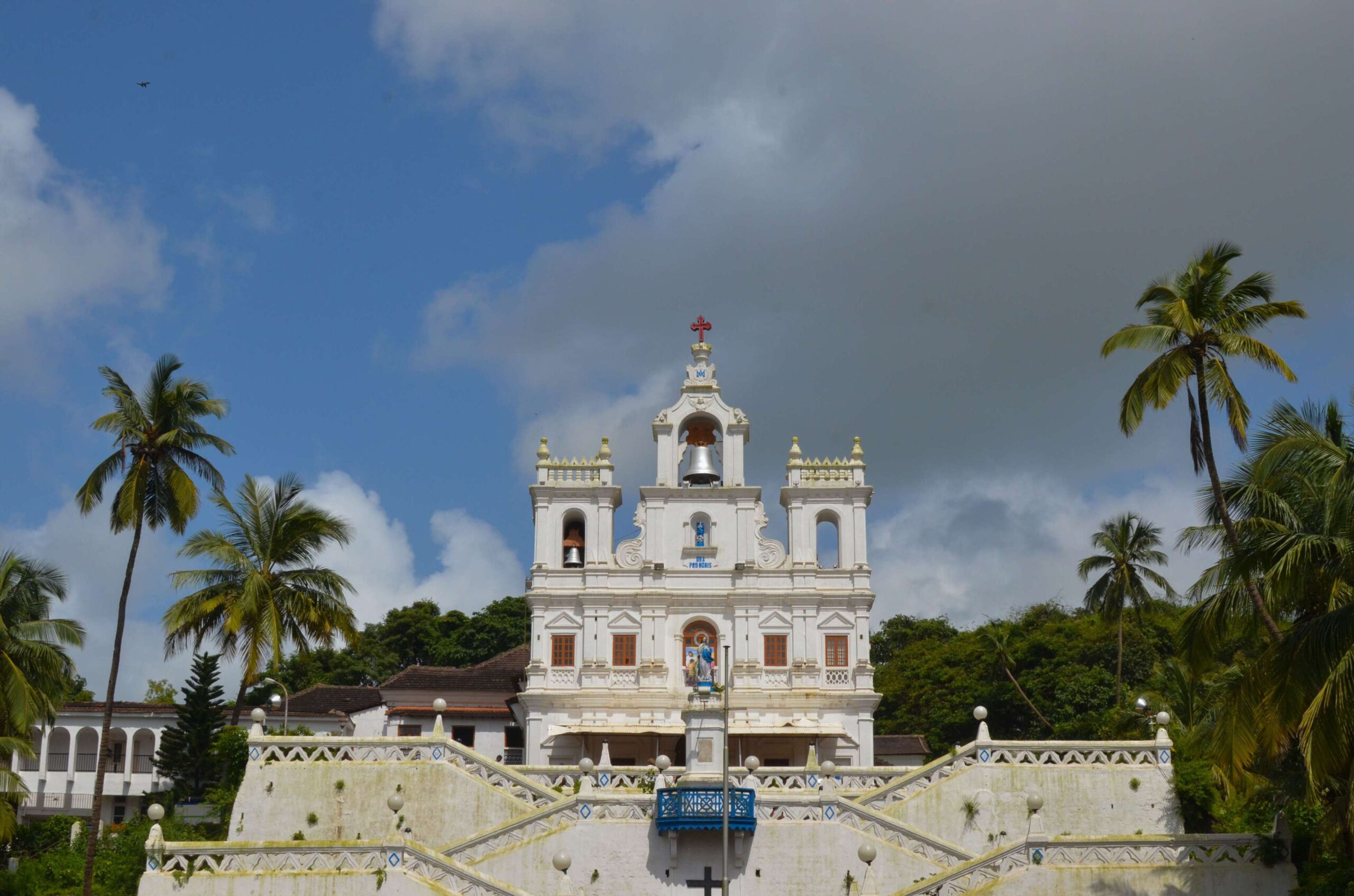
Goa – sight seeing
Goa is geographically divided into the North and South districts. The small and charming state capital, Panaji, lies on the southern bank of the Mandovi River in North Goa.
A lot of it’s Portuguese heritage still survives in the oldest part of the town – Fontainhas and Sao Tome, with old villas with wrought iron balconies looking down upon narrow cobbled streets and white washed churches in village squares.
The Church of Immaculate Conception (1541 AD) is Panaji’s main place of worship for the Catholics, where, in medieval times, all sailors arriving from Portugal congregated for thanksgiving mass for their safe passage. 9 km east along the river is the town of Old Goa – what once was the hub of Portugal’s empire in the East and Far East. Virtually abandoned after the river silted up and the new capital was set up at Panaji in 1843, all that remains of this once grand city are half a dozen churches, cathedrals, a monastery and convent. Do visit the imposing Se Cathedral of St. Catherine, the largest church in Asia, which has 14 altars, an 80m long aisle and 5 bells including the Golden Bell, said to be one of the best in the world.
Goa – sight seeing
Goa is geographically divided into the North and South districts. The small and charming state capital, Panaji, lies on the southern bank of the Mandovi River in North Goa.
A lot of it’s Portuguese heritage still survives in the oldest part of the town – Fontainhas and Sao Tome, with old villas with wrought iron balconies looking down upon narrow cobbled streets and white washed churches in village squares.
The Church of Immaculate Conception (1541 AD) is Panaji’s main place of worship for the Catholics, where, in medieval times, all sailors arriving from Portugal congregated for thanksgiving mass for their safe passage. 9 km east along the river is the town of Old Goa – what once was the hub of Portugal’s empire in the East and Far East. Virtually abandoned after the river silted up and the new capital was set up at Panaji in 1843, all that remains of this once grand city are half a dozen churches, cathedrals, a monastery and convent. Do visit the imposing Se Cathedral of St. Catherine, the largest church in Asia, which has 14 altars, an 80m long aisle and 5 bells including the Golden Bell, said to be one of the best in the world.

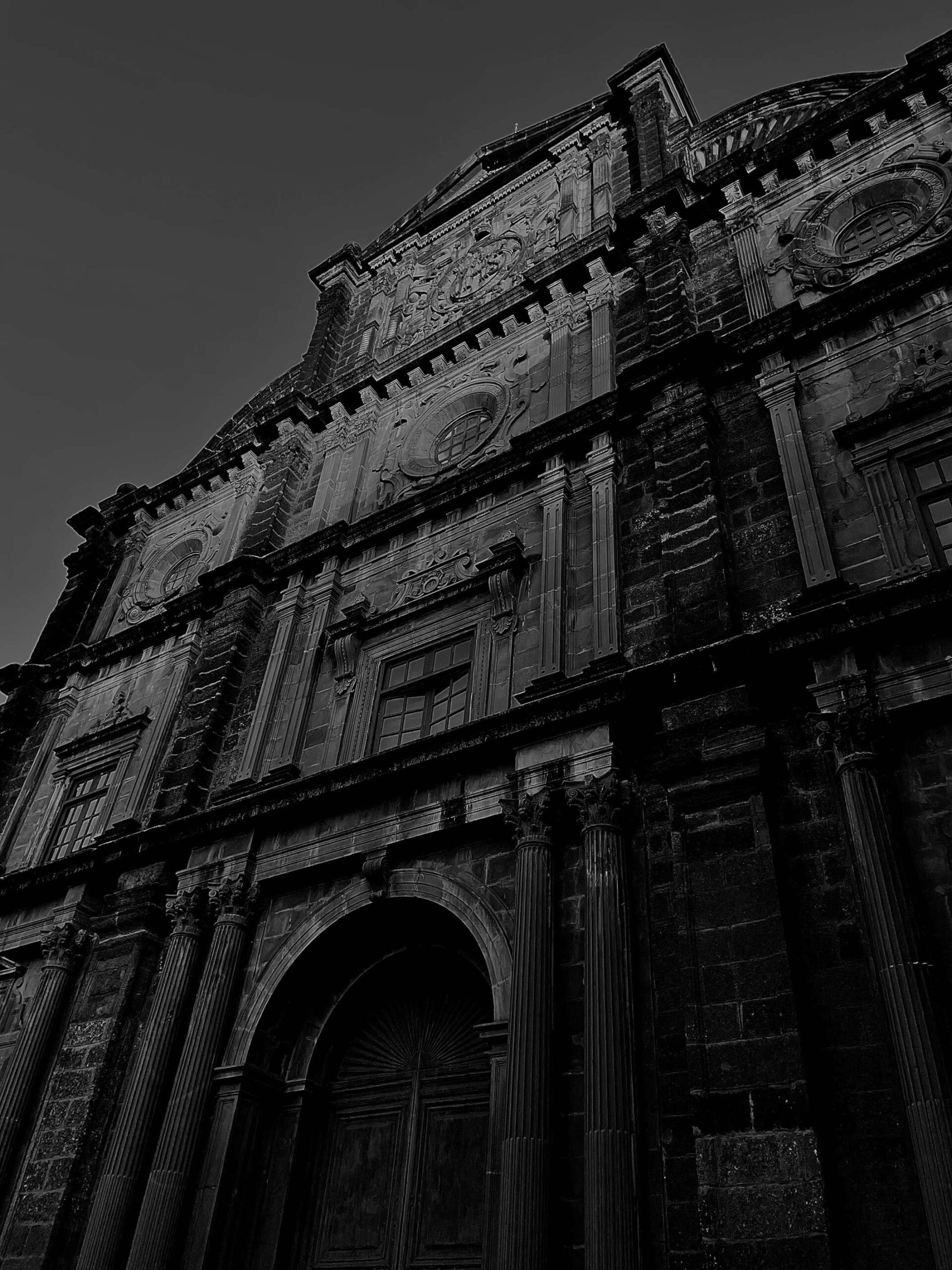
The late 16th century Basilica of Bom Jesus with its richly gilded altars is famous throughout the Catholic world. It is the venue for a pilgrimage for both Christians and Hindus who come to pay homage to the embalmed mortal remains of St. Francis Xavier enshrined in a silver casket since 1553. Also worth seeing, up on Holy Hill, are the Church of our Lady of the Rosary (one of the oldest in Goa), and Church and Convent of Santa Monica, reputed to be amongst the largest convents in the Portuguese empire.
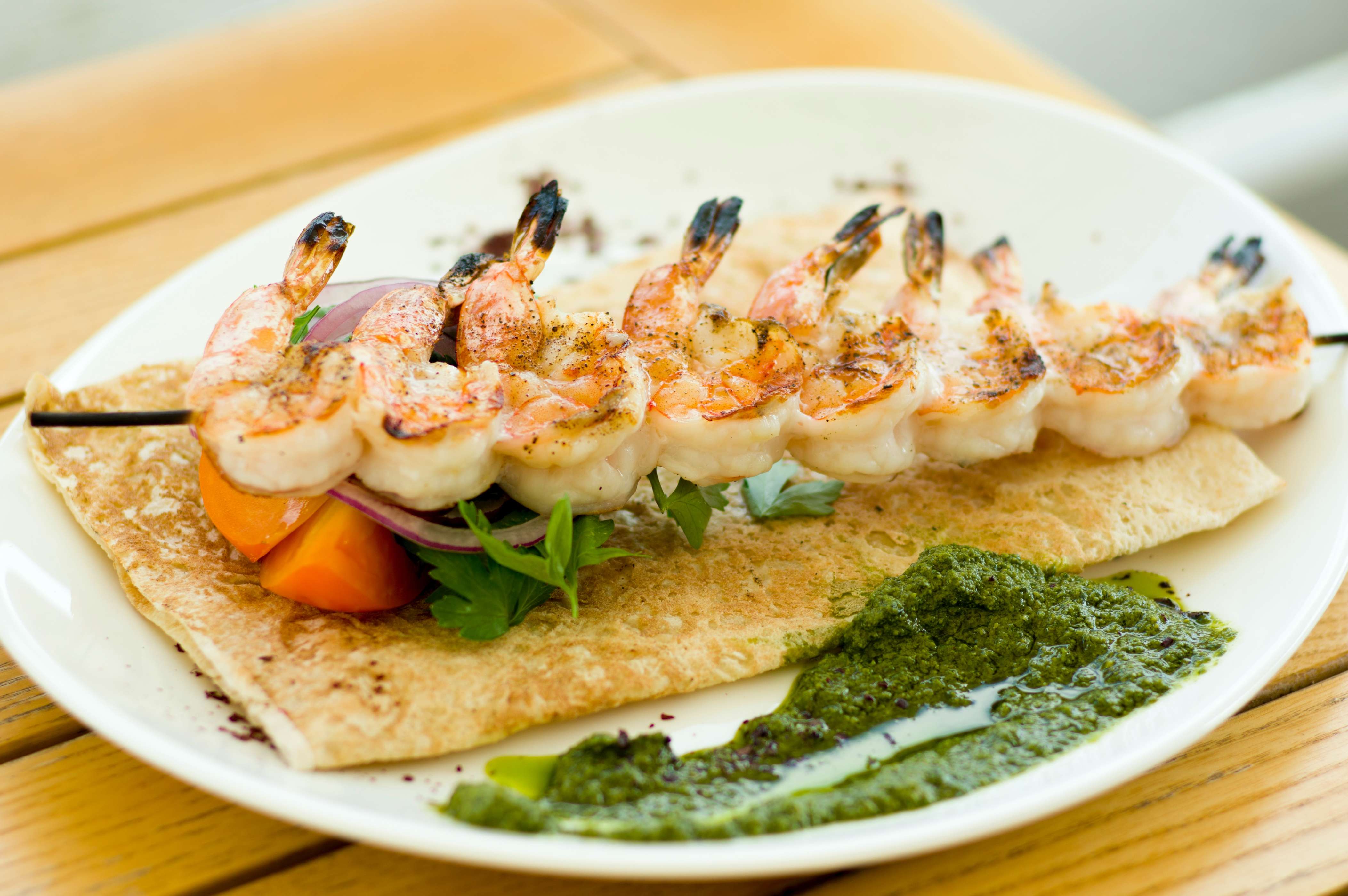
Goa – Food
Goan cuisine is the end result of the blending of local Konkani and Portuguese food styles. This culinary amalgamation and adaptation has created fiery, coconut based curries and stews using pork (unusual in India) and beef and rich cakes and pastries, as well as an interesting range of port and red and white wines.
You find restaurants of all descriptions everywhere! From elegant old world restaurants and smart in-house restaurants in hotels and resorts to cafes, bars and beachside shacks
. If you can handle the pungent spices, do try a plate of the local staple of fish curry and rice, freshly caught and cooked up especially for you, at one of the beach shacks. Most places serve both local specialities and other Indian regional cuisines like Gujarati, Punjabi, south Indian and even an indigenous variety of Continental and Chinese cuisines. The more classy places serve authentic international cuisines like Thai, Japanese, Italian, Portuguese and French.
Goa – Food
Goan cuisine is the end result of the blending of local Konkani and Portuguese food styles. This culinary amalgamation and adaptation has created fiery, coconut based curries and stews using pork (unusual in India) and beef and rich cakes and pastries, as well as an interesting range of port and red and white wines.
You find restaurants of all descriptions everywhere! From elegant old world restaurants and smart in-house restaurants in hotels and resorts to cafes, bars and beachside shacks
. If you can handle the pungent spices, do try a plate of the local staple of fish curry and rice, freshly caught and cooked up especially for you, at one of the beach shacks. Most places serve both local specialities and other Indian regional cuisines like Gujarati, Punjabi, south Indian and even an indigenous variety of Continental and Chinese cuisines. The more classy places serve authentic international cuisines like Thai, Japanese, Italian, Portuguese and French.

For people who love their food with a bit of zing and zest, Goa is just the place to be. Goa’s famous Pork Vindaloo is the fiery local speciality, cooked in hot red chilli peppers and vinegar – it’s hot and tangy. Other specialities of Goan cuisine are equally well known, and you should sample them — Xacuti (a chicken or meat dish), Chourisso (spicy Goan sausages), Sorpotel (a pig liver dish) and Prawn Balchao and finish off with the delicious, much relished desserts, Dodol and Bebinca. Fresh seafood is an absolute must with prawns, crabs, mussels and fish cooked in local styles or mouth-watering creations of lobster cooked in wine and cheese.
As far as drinks is concerned; Feni is the word……..the local cashew fruit or coconut brew hits all the right spots. For the less adventurous, there are some local ports and red and white wines or the cool, refreshing coconut water drunk straight from the tender green coconut. Alcohol is readily available at a fairly affordable price at all restaurants and even the beach shacks!
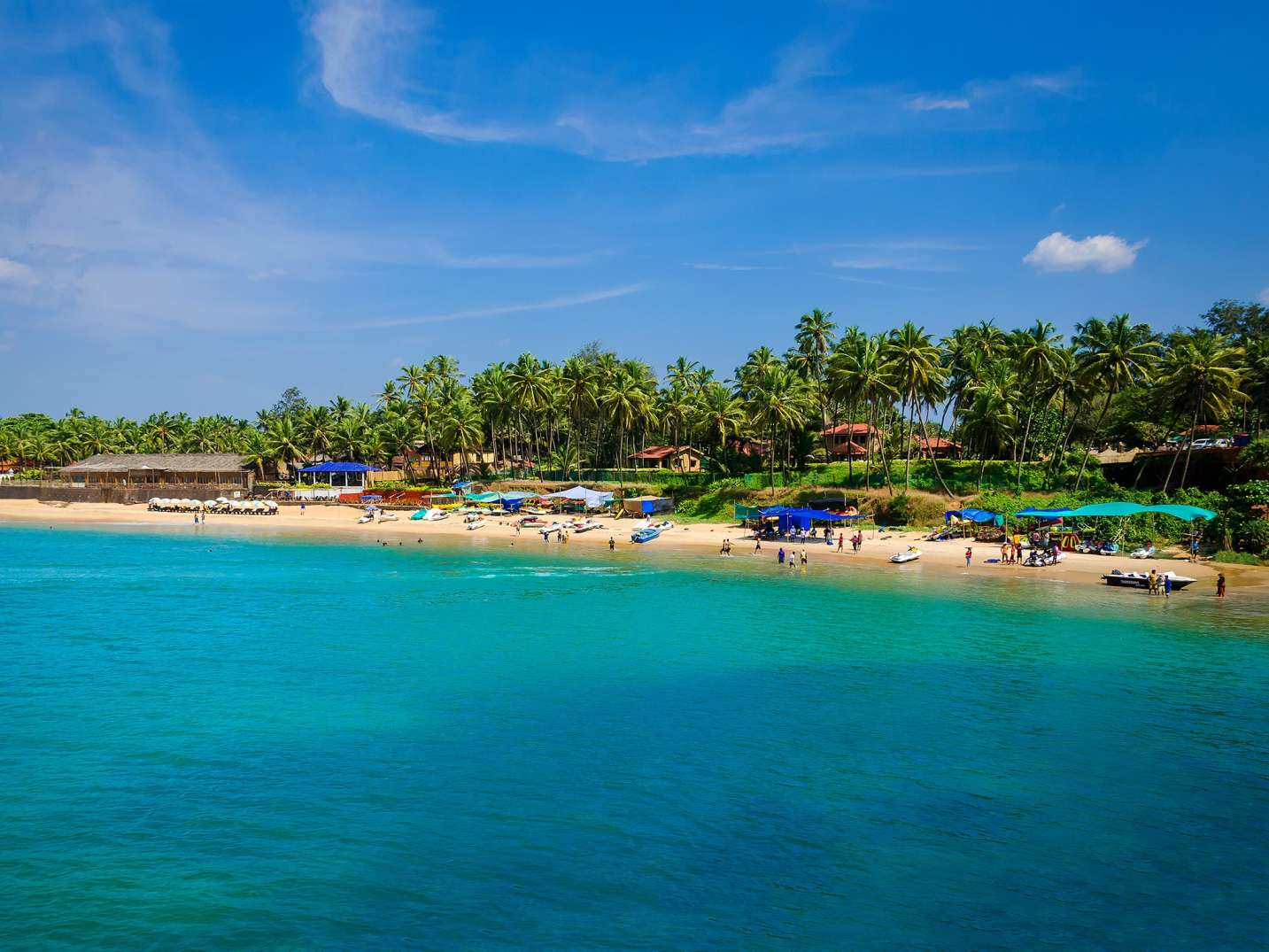
Beaches
Panaji: Miramar Beach, closest to the capital Panaji (3 km), is conveniently located in the heart of the state capital which is also why it is rather crowded. You can watch some spectacular sunsets, as the sun sets at the confluence of the River Mandovi as it flows into the Arabian Sea.
Dona Paula is a small, idyllic beach with the Dona Paula Beach Resort, and neighbouring Piranha cottages, 9 km southwest of Panaji. Caranzalem (between Miramar and Dona Paula) is quiet and safe for swimming, it has water scooters and other water sports facilities as there is no undercurrent. The Vaniguinim beach overlooks the Mormugao Bay but is accessible only from the Cidade de Goa Hotel.
North Goa: The bustling market town of Mapusa is the biggest city/town of North Goa. While few people stay here or even stopover enroute to the beaches, Mapusa can be an interesting interlude. The entire coast from Fort Aguada all the way to Goa’s border with Maharashtra is a virtually unbroken 30 km stretch of beach, some rocky, hazardous and hidden in secluded coves and others that are long stretches of golden sand.
Calangute is the busiest town in Goa and now the centre of the ‘package’ tourist trade and has a long beach of coarse golden sand but there is a dangerous undertow that restricts swimming time. There is plenty of accommodation available here and lots of fellow tourists for company.
Palm-fringed Sinquerim beach lies at the foot of Fort Aguada and is popular with tourist groups. So also is the nearby Candolim beach. All the beaches have beach umbrellas, loungers and plenty of shacks selling beer, feni and aerated drinks and freshly caught fish right out of the fisherman’s net. Some people feel there is a growing trend towards over-commercialisation and you may prefer to go further north to a more secluded area.
A little further north along the coast is crescent-shaped Baga , a more picturesque beach, with better swimming. This beach is popular for the various water sports – among them are parasailing, jet skiing, body boarding and even surfing, though the waves aren’t good enough for the professional surfers. Another hit amongst the tourists are the “dolphin rides” where a boat takes you out into the sea where one can see the lovely creatures gliding along the surface. The flea market at Baga has recently sprung up (Saturdays from around 4 pm), north of the tiny river that joins the sea, where you could strike some fancy bargains in Kashmiri and other Indian handicrafts.
Further north from Baga is the palm-fringed and safe, (though somewhat infamous) Anjuna beach, which still has a lttle hangover of
the “hippy” culture of the 70s. However, don’t miss the Wednesday flea market, which Anjuna is famous for throughout Goa. It is a
fascinating blend of Kashmiri and Tibetan traders, tribals from Gujarat, Karnataka and Andhra, and local traders selling a delightful range
of handicrafts from all across India. Also available are a huge range of furnishings in psychedelic, glow in the dark fabric, along with a
wide selection of the famous Goa “Trance” music. Another attraction of the flea market is the “Mehndi” or henna applications done
‘by tribal women. These tribal women keep pace with contemporary tastes with very lifelike replication of a range of tattoos, made with a
‘paste of henna leaves available in the green or black. These designs stay on for a good week before gradually fading off
Travel a couple of kilometres onwards and you come to Vagator beach near Chapora fort. This is far more picturesque beach, emptyand unspoilt as compared to the beaches close to Panaji and ideal for those in quest of a less commercialised atmosphere, greater seclusion and better swimming. Little Vagator, towards Anjuna, tends to be a bit more crowded.
If you are looking for peace and quiet, and don’t mind relatively basic amenities, then the place to head for would be Arambol, far &‘north near the border with Maharashtra. The stretches of soft white sand would be just what the doctor ordered for your peace of mind. It is also the paradise for the “Hippies”, as there are regular “trance” parties and even “full moon” parties. During the latter it is a ‘popular custom to smoke weed and have crowded semi or fully naked mud baths! You could even walk on from there to Querim beach lying closest to the Maharashra border, for perfect peace but with barely any facilities or supplies available there, so you’d have
to carry them. Equally peaceful and bereft of logistics are Mandrem and Morgim (Morji), on the Chapora estuary and particularly great for bird watching.
South Goa: The main cities of this part of Goa are the towns of Margao and Vasca da Gama. This area is quieter than North Goa
and has several beaches as well as up market resorts. Between Mormugao and Cape Rama lies a 20 km stretch of white sand with calm sea, starting from Velsao and ending at Mobor. Just four km from the airport is the small cove at Bogmalo, not casily accessible, and, therefore, fairly empty. Good for swimming. Velsao is quiet and clean. Majorda is wider and dotted with beach shacks against a ‘backdrop of resort complexes. Colva, further south, is highly commercialised with resort complexes, large holiday crowds, trinket stalls, discos — the works! However, you could walk along the beach in cither direction to reach quieter spots with greater privacy. Going south ‘you would reach Benaulim (2 km), relatively peaceful and empty, shallow and safe.
Further south is a seemingly never-ending stretch around the up market resorts at Varea,Cavelossim and Mobor, with pristine
sands, wide beach and shallow sea. If you are mobile (car or motor bike), you might like to venture south beyond Cape Rama to
explore the isolated beaches there. However, you’d need to carry your supplies for the day. This extra effort is well rewarded by thelovely drive, the peace and beauty of the beaches atPalolem and Galgibaga. Agonda and Rajbag beaches lack shelter from the sun, making them rather isolated and inconvenient.
